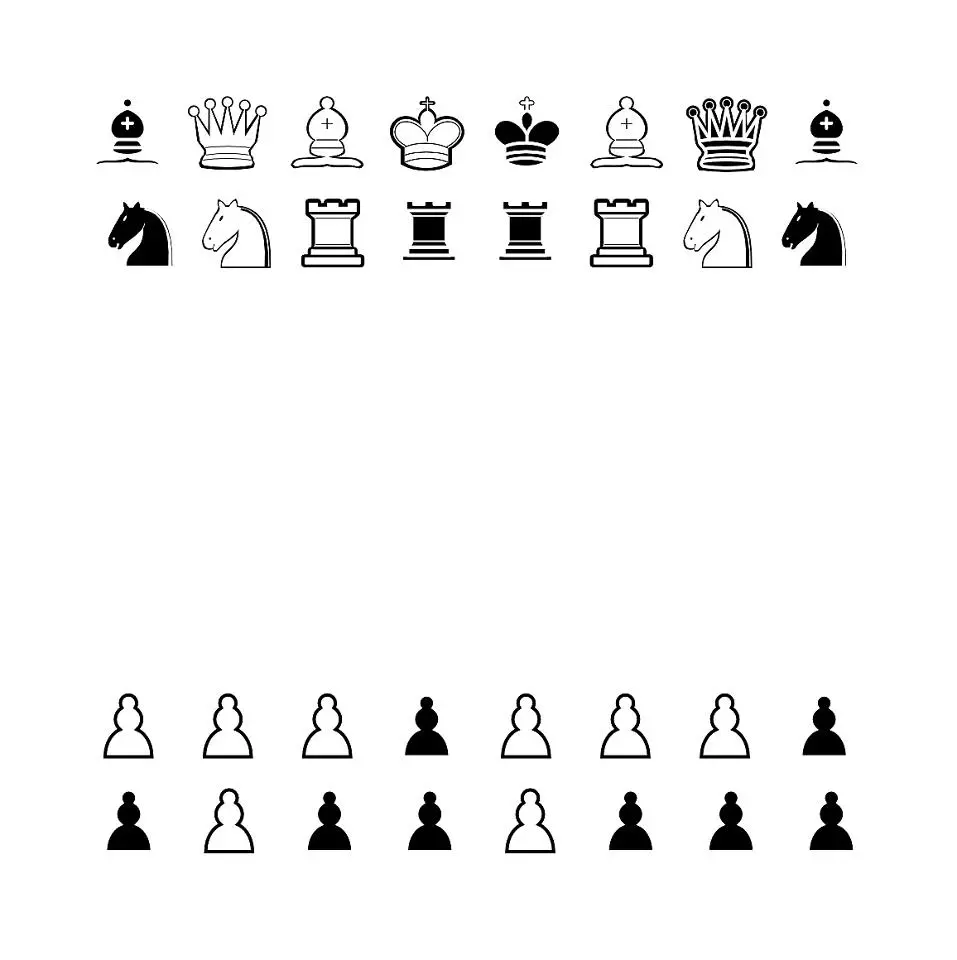https://www.youtube.com/watch?v=U4a_kJkVUis
Big Clive’s video description:
This is not a sponsored video. I feel it’s important that people should know about this evolving technology, and Naomi is working on making it affordable.
During the pandemic YouTuber Naomi Wu presented plans for traditional mercury vapour based UVC sterilising lights with a special housing, to sterilise air in a room without exposing the occupants to the 254nm UVC light.
With the evolution and availability of the new era 222nm excimer lamps, Naomi has gone on to design a full product designed to be easy and convenient to deploy in populated areas like medical practices, waiting rooms, retail environments, food preparation areas and live events.
The special feature of the 222nm wavelength is that it is long enough to deactivate viral and bacterial air contaminants, but short enough not to pass through the outer layer of dead skin or the tear-layer of humans. That means that it is currently considered safe to use in occupied areas.
The filter on the front of the light seems to specifically pass 222nm. Without it there is a very slight hump in the spectral output at around 237nm. The filter attenuates that completely.
Excimer is an abbreviation of Excited-Dimer, where a dimer is the joining of two molecules. In the case of the excimer lamps the molecules are encouraged to bond temporarily in a plasma discharge, and when they revert back to their non-excited state they emit a photon of light at a specific wavelength determined by the chemistry. In this case it’s molecules of Krypton and Chlorine that form brief molecules of Krypton-Chloride (KrCl), before reverting back and emitting 222nm photons in the process.
The process of creating the plasma is very similar to dielectric barrier ozone generators. By coupling to the gasses capacitively the lamp also avoids contaminating the gasses with the electrode materials.
Note that the unit uses 500mA at 12V (6W) but has a generously rated 12W power supply that runs cool.
This technology looks like it may be valuable in medical, care, travel or social environments to limit the spread of pathogens.
Here’s a link to Naomi’s pleasingly-named online shop:- https://cybernightmarket.com/products
This is the first thing I have heard from her about what she’s working on since she had her “wings clipped”. Hope she is still doing good…
Yeah, it’s a shame that she doesn’t seem to be able to put herself front-and-center with this. I hope she’s able to get herself and her family out.
Last time I read something from her on the topic, she seemed to like Shenzhen too much to want to get out.
That was before things took a turn in her life, though. I wonder if that has changed.
Her partner is Uyghur. She said that she can get out but the other girl can’t. I hope they’re both doing well.
i use UVC lamps and based on experience my main concern would be Ozone. Even if Naomi solved the problem of light exposure, she can’t do anything about the ozone production.
Don’t use UVC lamps in “waiting rooms, retail environments, food preparation areas and live events” unless the windows are open. And if you can open windows, then you don’t need to clean the air with a UVC lamp.
In the video Clive says he didn’t smell any and explains it is likely due to the design of the electrodes. I do not claim to know much, but I have some high end refrigerator UV bulbs that both do and don’t produce O3 in a near identical package to each other. I’m not sure about the tech behind it. I got both, O3 for sterilization and the regular for photolithography.
Didn’t smell any is certainly not a good way to measure this. I mean, I am no expert, but surely there is something that can actually put a number to the amount produced.
It is very noticeable if any is produced. You’ll smell it quite easily. It isn’t a big deal. There is a bunch of ozone after any lightning storm in an area, and while most is in the upper atmosphere, any direct sunlight outside is producing some too.
Chronic ozone exposure is a big deal.
https://www.lung.org/clean-air/outdoors/what-makes-air-unhealthy/ozone
Ozone reacts with various molecules in the lung to produce free radicals, highly reactive species of atoms/molecules that cause tissue damage.
https://www.sciencedirect.com/science/article/abs/pii/0891584994901724
On the bright side, you’re right about being able to smell it. The permissible exposure limit in the United States is 0.1 ppm (over eight hours) but the concentration most people can detect ranges from 0.01-0.05 ppm.
I’m not saying it is no big deal to regularly expose one’s self to it.
I know about how small of an amount can be smelled from building a power supply for a UV light, making mistakes, and yet still smelling the thing. It was back driving some circuit block that shouldn’t have been enough power to do anything, there was no visible effect, but I could still smell the faint smell of O3. Even with a tiny bulb, the smell is nearly instantaneous when the light is powered. Running one around anything that can rust is a bad idea. It is almost as bad as working with hydrochloric acid and hydrogen peroxide as enchants; everything goes super rusty fast. I don’t get exposed to it regularly, so I’m not worried. Most hotel rooms smell pretty strongly of O3 in the many I have stayed in and that is probably the most that the average person gets exposed for any extended length of time. The alternative is probably worse, but still people don’t worry about that one too much.
Sorry, late night me brain forgot to provide the context for my comment! My concern would be occupational usage if it does produce any ozone, especially in the small business sector, which often doesn’t use as much caution around chemical exposure as one might want.
It might also be a non-issue. I have half a mind to build one of these and do some testing.
That was my question. What is the exhaust of this in action?
Thanks for sharing this. One of my biggest ‘pet peeves’ is the cost of air filters, and the cost of replacement filters. The Nukit Tempest looks like an excellent option. And in combination with Nukit Lanterns or Torches looks like a superior alternative.
Wus growing obsession with woowoo bs health science is depressing and seems like a trauma response to Covid (or a grifter one).
Ah, that woowoo bs health science of germ theory. Using UV light as a disinfectant is such a ridiculous idea that you would never find it being used in hospitals.
seems like a trauma response to Covid
Show me an adult alive today that has not been traumatized by COVID in some way.
The vast majority of rural areas.
Dope. Thanks!







